From a distance, the cover to I Am Money looks like an anthropomorphic credit card, wearing big glasses in front of the Arc de Triumph. It seems like an odd fit because, if it’s money in front of the French landmark, wouldn’t it be a Euro? No, the money on the cover to I Am Money is certainly an American bill. Look closely at the upper left and the $20 can be seen plus the other shapes and scribbles that people associate with it. Right, I’m back on board, I love money, and young children need to learn about money-especially certain aspects of it. If I Am Money does that in a way that’s interesting and curious to young readers we have something that’ll cash in with that crowd.
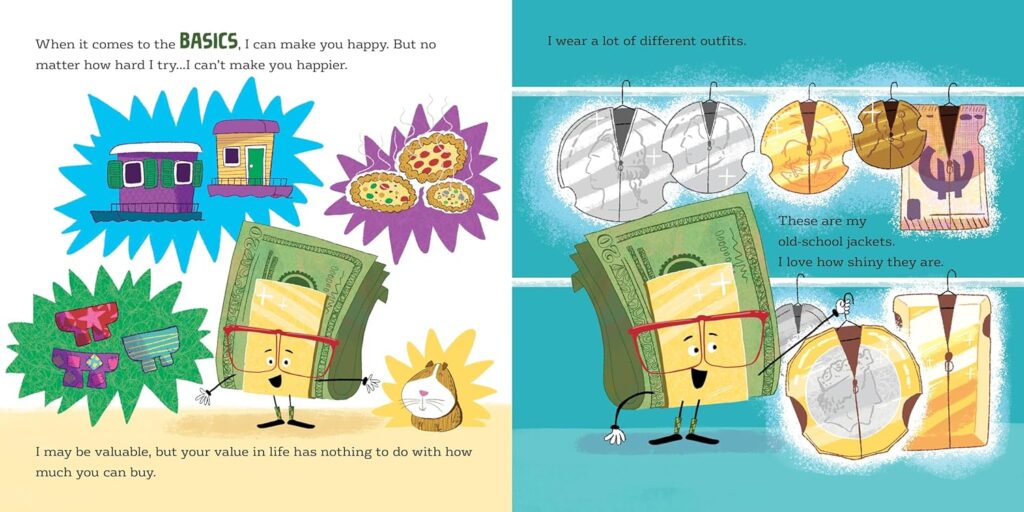
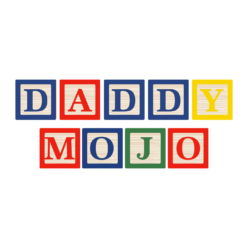
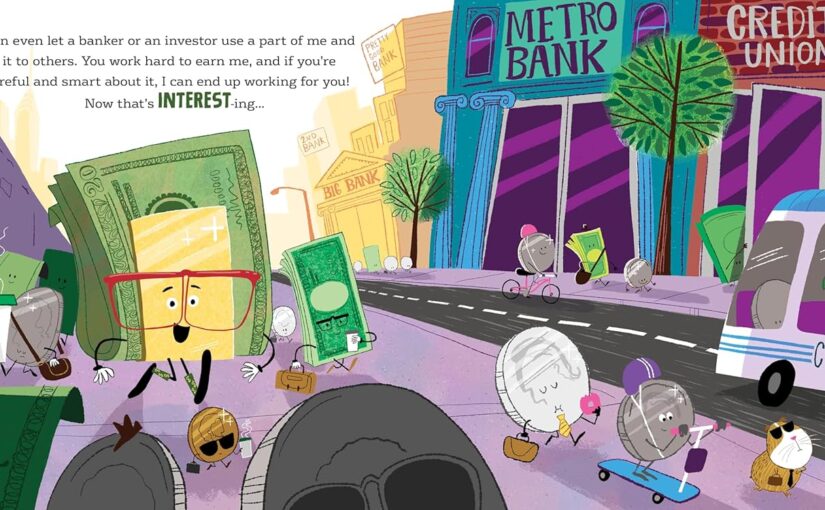
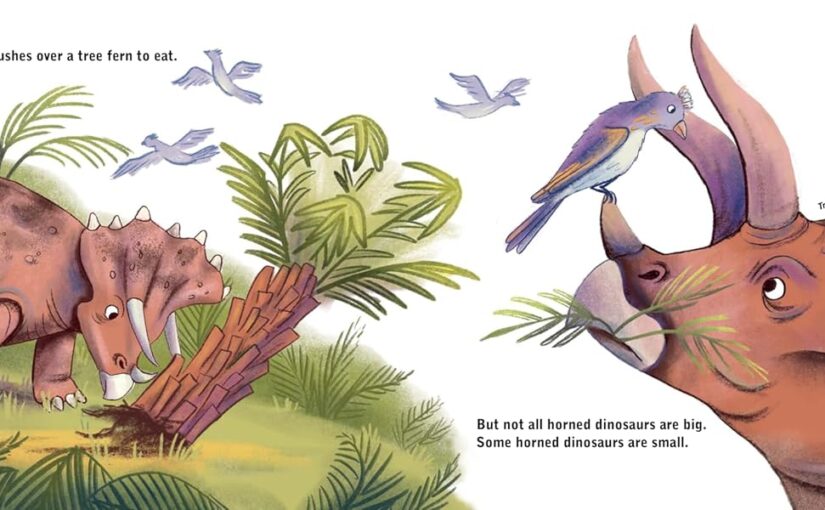
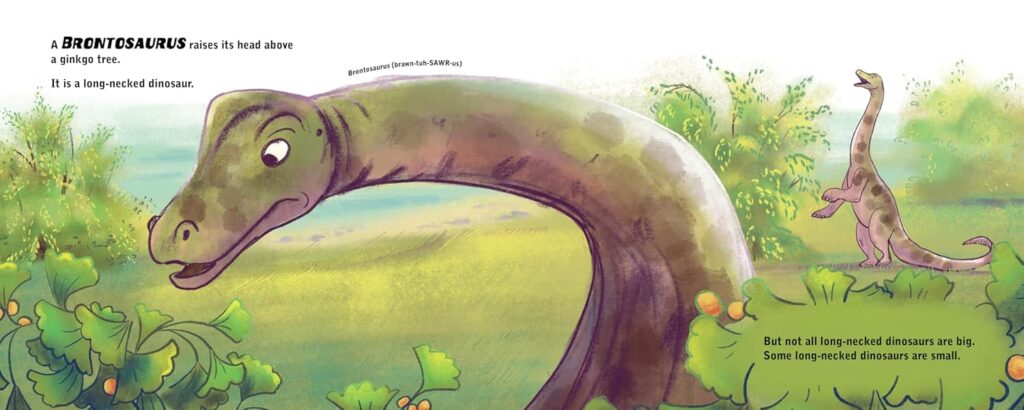
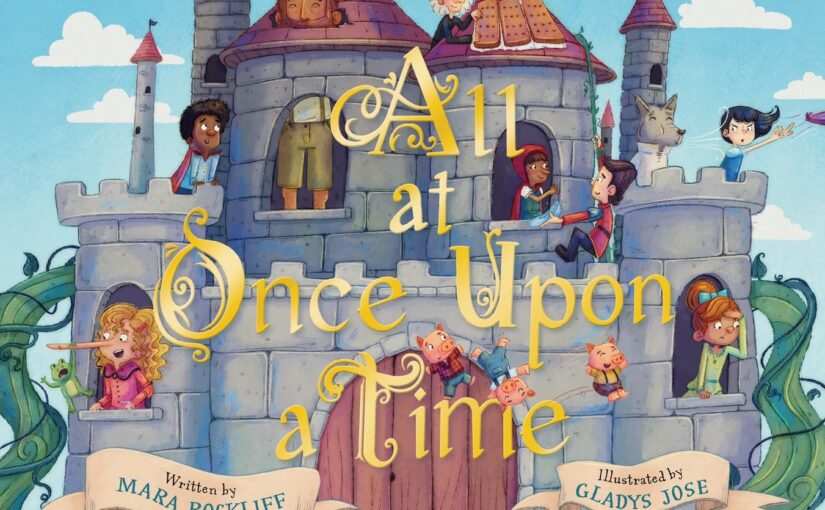
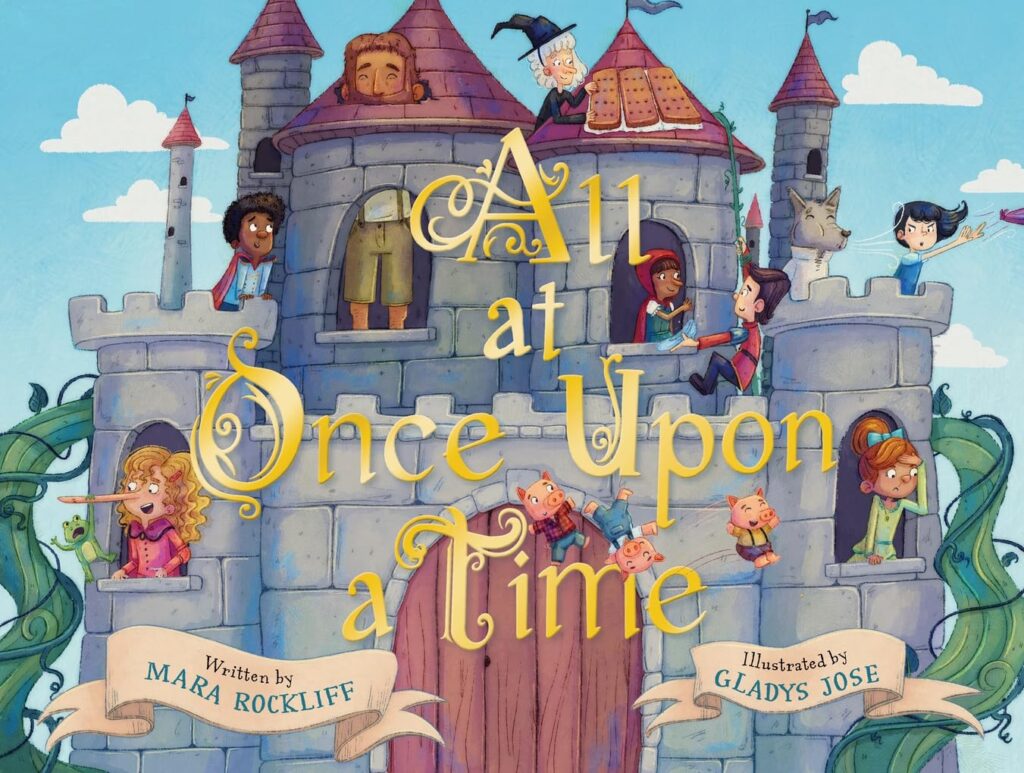

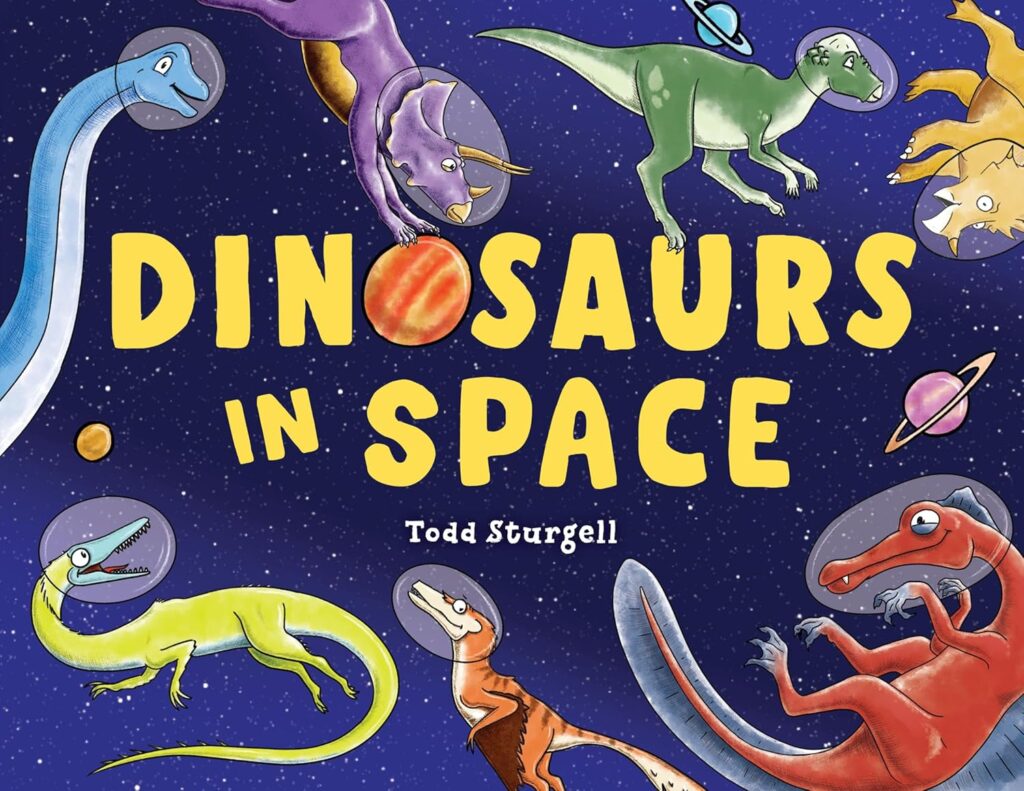
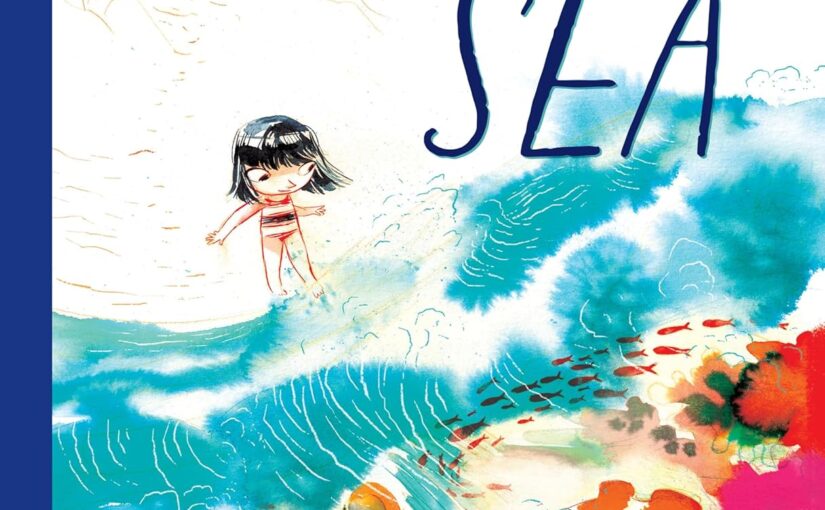

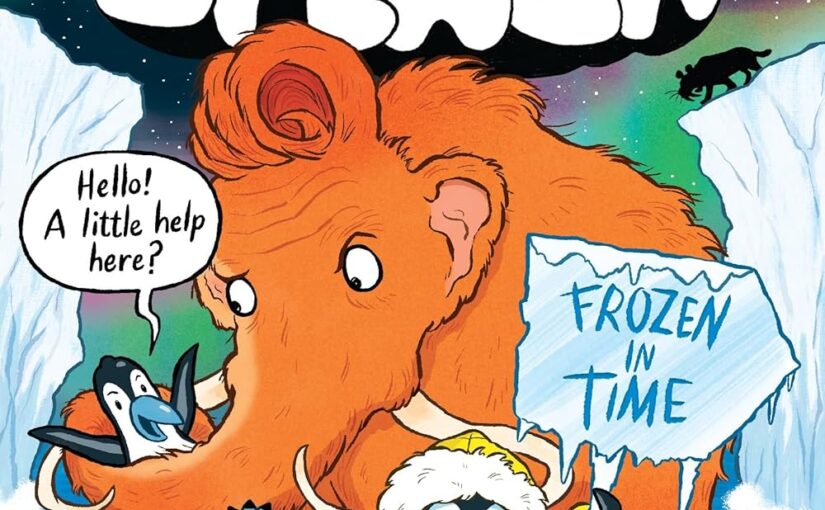
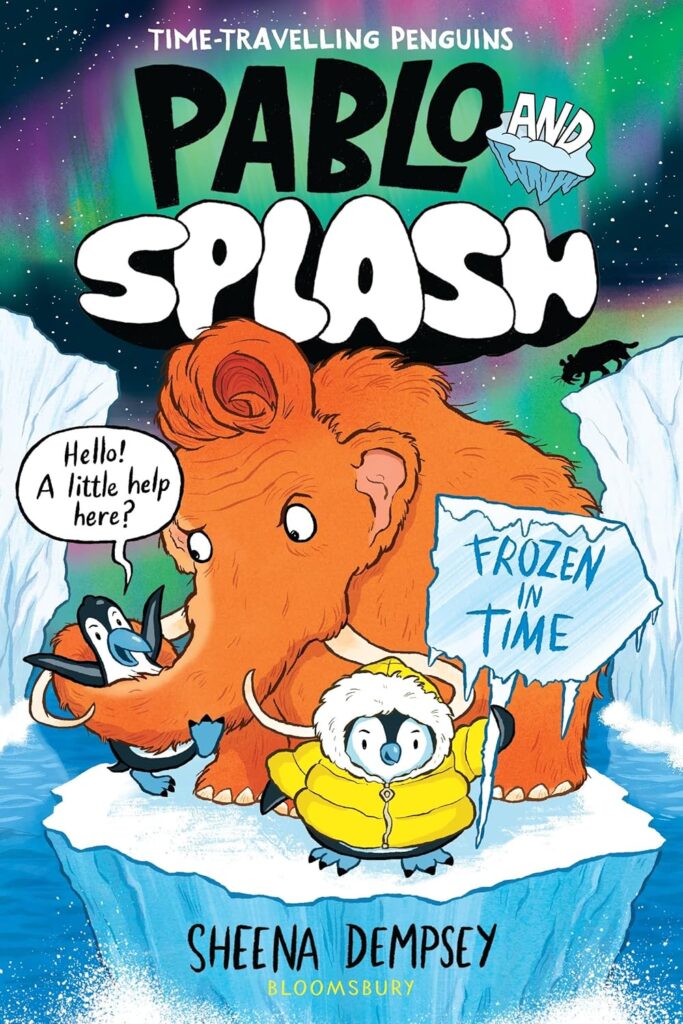
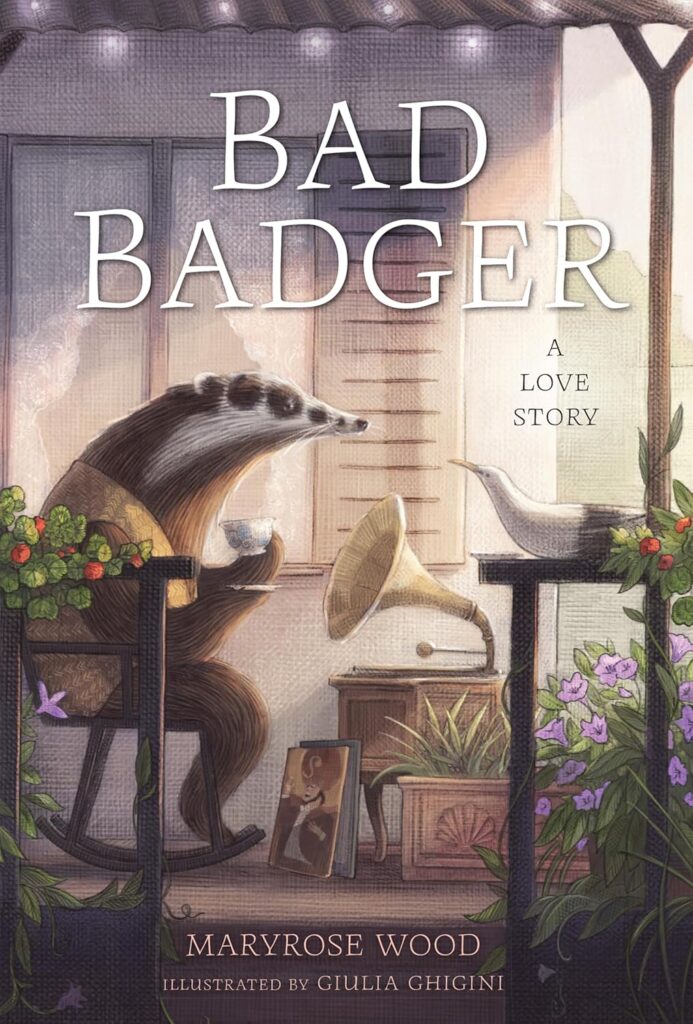
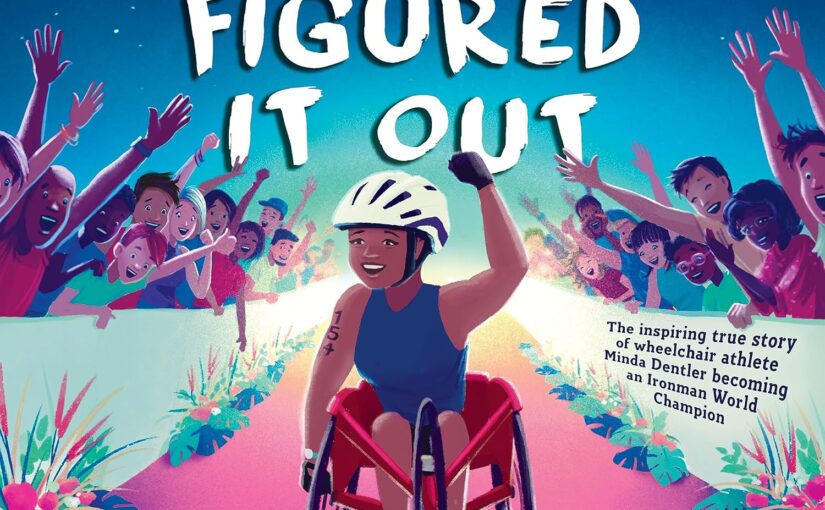
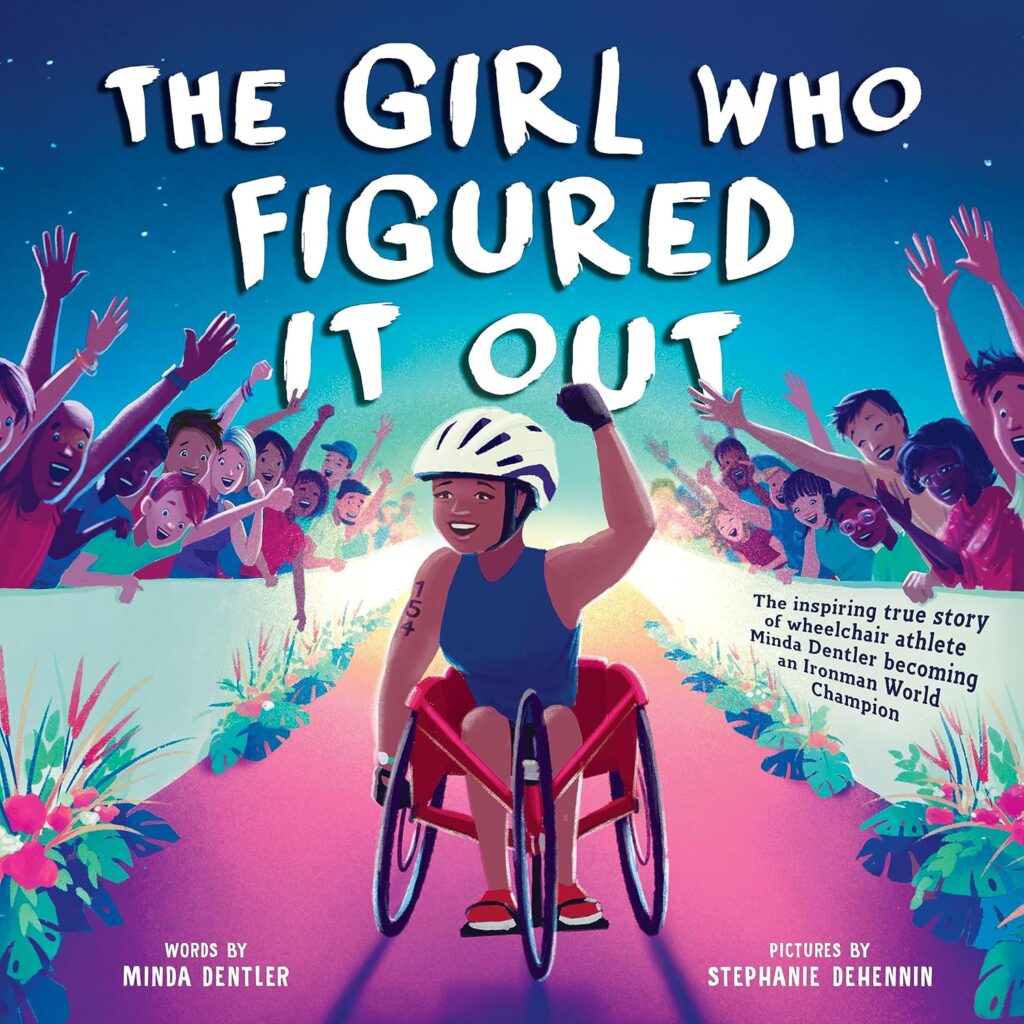


 Facebook
Facebook Twitter
Twitter Flickr
Flickr GooglePlus
GooglePlus Youtube
Youtube